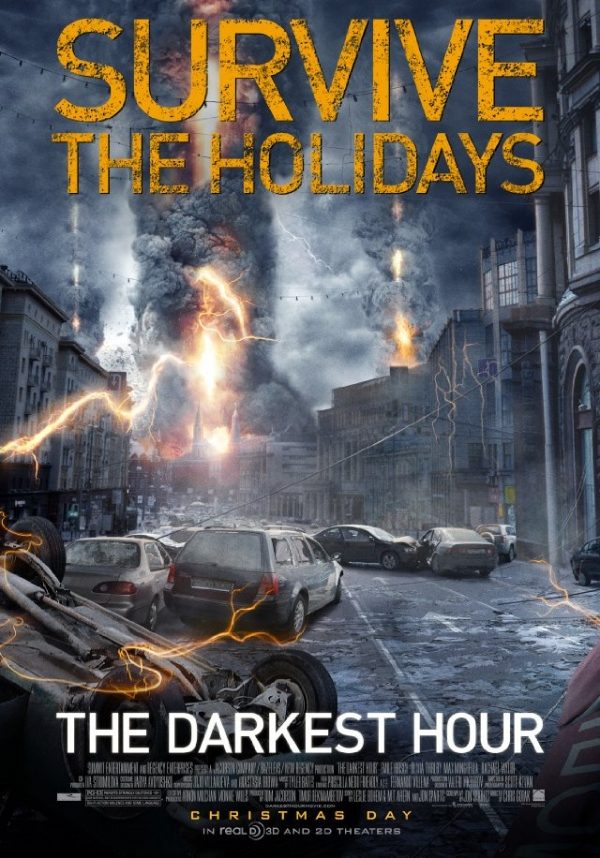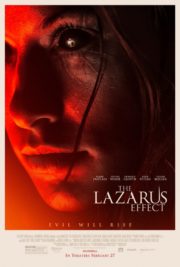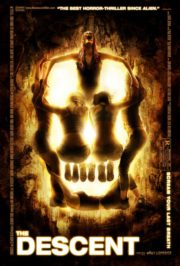Into the Invisible Apocalypse: “The Darkest Hour”
“No one is going to help us tonight.” This chilling line from the 2011 science-fiction horror flick, The Darkest Hour, sets a tone of utter isolation and impending doom. Helmed by director Chris Gorak and visually energized by the 3D craze of its time, the film takes a stab at the alien invasion trope with a twist—our extraterrestrial antagonists are invisible. The movie follows the harrowing tale of five young people in Moscow who find themselves fighting to survive after an alien attack leaves the city, and possibly the world, in darkness and desolation.
Shadows and Silence: Crafting the Unseen Terror
The atmosphere and tone of “The Darkest Hour” hinge on the conceptual novelty of its antagonists—the aliens are barely perceptible killers who turn humans into dust upon contact. While the suspense is rooted in the invisibility of the threat, the foreboding comes with the film’s striking impression of an abandoned Moscow. The anticipation of when and where an attack might occur becomes the primary tool for fear.
Director Chris Gorak approaches tension with a mix of predictability and uncertainty. Unfortunately, the reliance on jump scares over slow-build tension results in a somewhat uneven horror experience. The potential for a creeping sense of dread is there but doesn’t quite reach its peak.
Cinematic Shadows: The Visual and Auditory Dance of Horror
Cinematography and Visuals
The cinematography of “The Darkest Hour” does its part to elevate the horror. Scenes are crafted with dim lighting and a color palette steep in greys and shadows, further emphasizing the bleakness of the narrative’s landscape. The special effects utilized to represent the aliens’ interactions with the physical world do stand out, with electric discharges and light being key visual indicators that something otherworldly is present. The 3D effects—while a bit of a novelty—are used to decent effect, enhancing certain sequences with an added layer of immersion.
Soundtrack and Sound Effects
As for its auditory impact, the film’s soundtrack and sound effects play a vital role in its horror setup. The use of sound—or notably, strategic silences—accentuates the tension. The hum and crackle of invisible entities offer an ominous soundscape that provokes unease. In some moments, however, the sound design feels over-reliant on the aforementioned jump scares, which could have been replaced with more refined techniques to sustain fear.
The Human Factor: Performances Amidst the Panic
The casting delivers mixed results, falling short of providing enough well-rounded characters for the audience to root for. Character development receives less attention than one might hope for in a survival story, leading to less investment in their plight. Despite this, the actors do a commendable job of conveying terror, with moments of genuine fear clearly visible. Emotional responses to the harrowing events are well-acted, offering a sliver of humanity amidst the chaos.
The film’s speculative take places it in the realm of science fiction horror. It doesn’t fit neatly into a subgenre, but it grapples with elements of invasion and survival horror. It does so without redefining or challenging genre conventions in any significant way.
Beyond the Scares: Themes and Resonance in “The Darkest Hour”
“The Darkest Hour” touches lightly upon themes of unity and the indomitable human spirit in the face of annihilation. However, the exploration feels somewhat superficial, lacking the depth needed to make a lasting impact. While the notion of unseen dangers could parallel social commentaries on the unknown, the film does not delve into these ideas as much as it could have.
Horror in Hiding or Haunting Letdown?
As a horror movie, “The Darkest Hour” falls a bit short of being genuinely frightening or innovative. The unique premise is hampered by its execution and reliance on conventional scares over psychological dread. It could, however, provide an enjoyable experience for casual viewers intrigued by the novelty of the film’s invisible menace.
Fans of alien invasion narratives or those seeking a sci-fi horror flick that doesn’t take itself too seriously might find something to like. Conversely, seasoned horror aficionados might find the film lacking the depth and sophistication often sought in the genre.
Comparatively, the film doesn’t measure up to the rich atmosphere and thematic resonance of genre classics like Ridley Scott’s “Alien” or the intense psychological horror seen in recent films like Jordan Peele’s “Get Out.”
Final Verdict: A Flawed Foray into Fear
“The Darkest Hour,” while conceptually intriguing, ultimately delivers a patchy blend of science-fiction and horror. The film does have its moments of visual flair, but these are overshadowed by its failure to fully develop its characters and its reliance on common horror tropes.
Strengths:
- Unique premise with the invisible alien invaders
- Effective use of desolate Moscow setting
- Occasionally engaging visual and sound effects
Weaknesses:
- Underdeveloped characters and storyline
- Inconsistent tension-building
- Over-reliance on conventional scares
This film may be a curious pick for sci-fi fans or those who appreciate a different spin on alien horror; however, it lacks the substance and scare factor to wholly satisfy the more hardcore horror enthusiasts.
Content Warning: The film includes moments of violence and could be considered intense for younger viewers.
In conclusion, “The Darkest Hour” is a middle-of-the-road film that may entertain but is unlikely to haunt viewers beyond its runtime.




